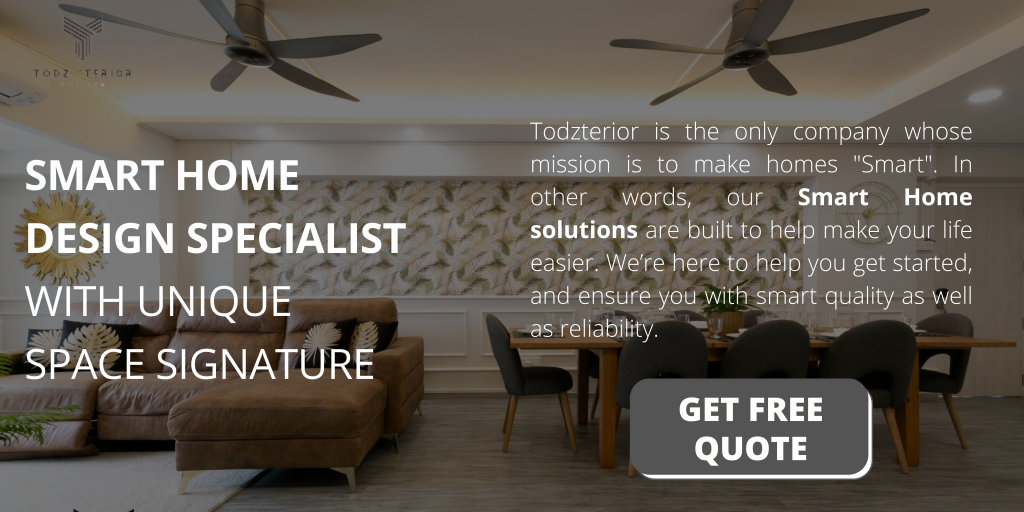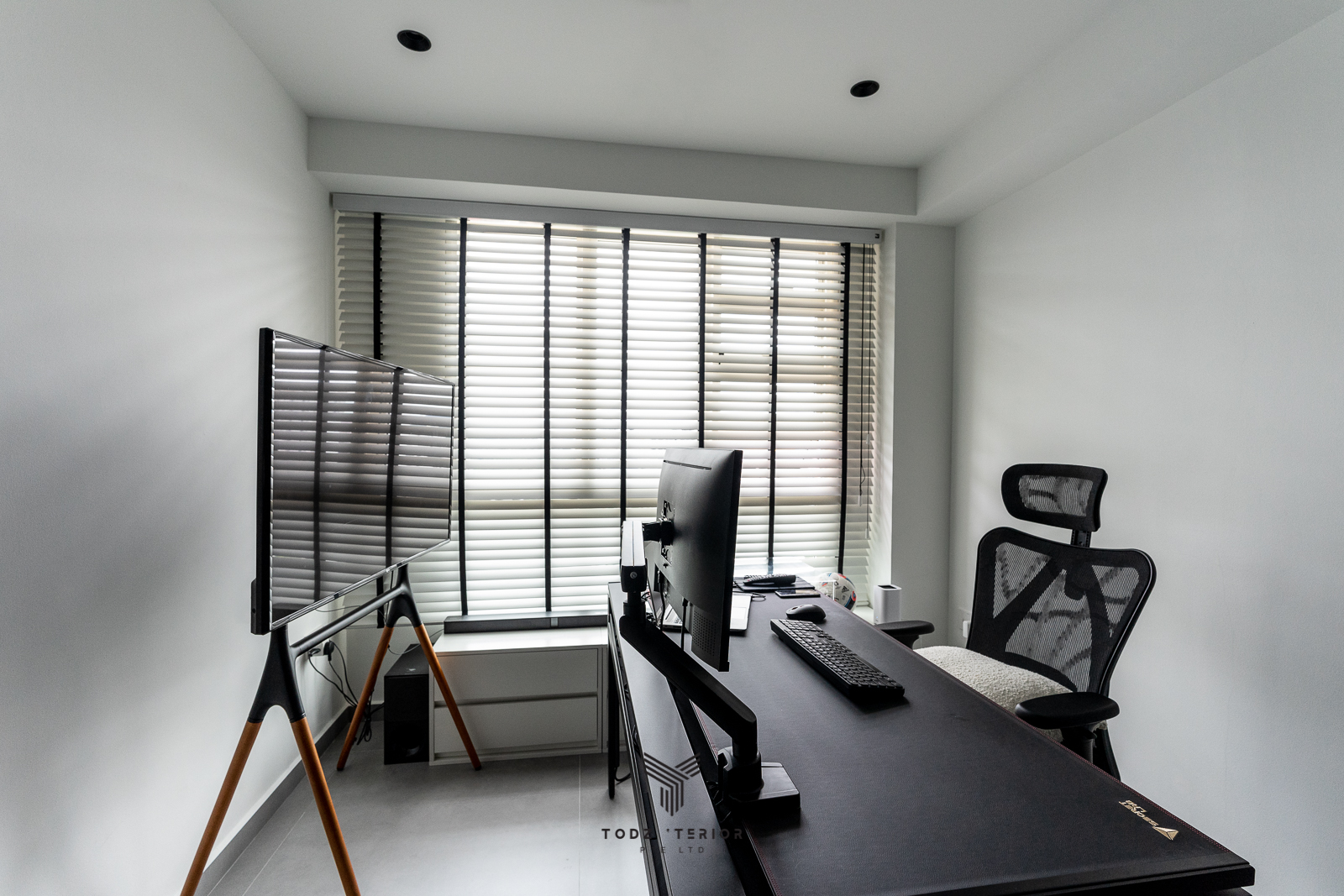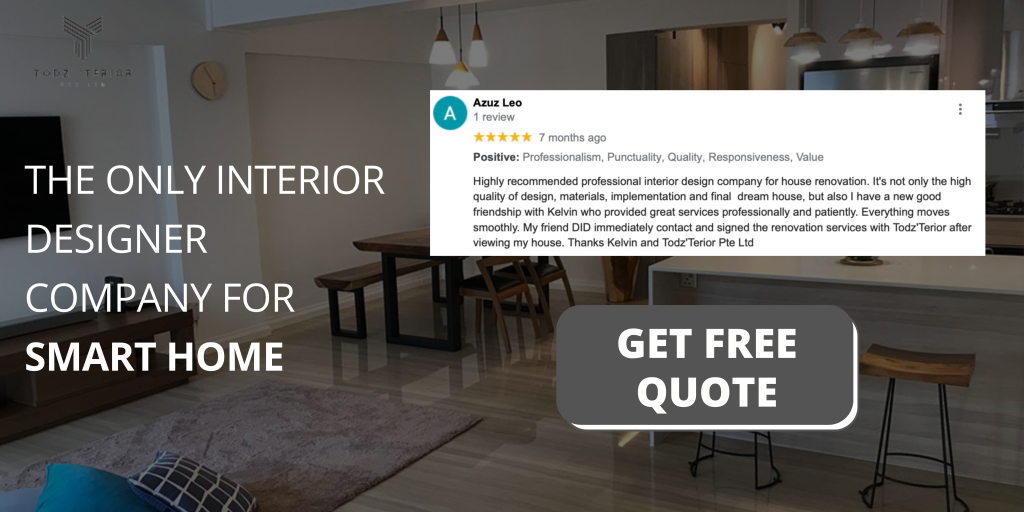In today’s world, where environmental issues are at the forefront, people are becoming more conscious about adopting sustainable practices in all aspects of their lives. One area that has gained significant attention is interior design. Green living and sustainable interior design are not only trendy but also essential for creating a better future for our planet. This article explores the concept of sustainable interior design and provides practical tips and ideas to incorporate eco-friendly elements into your living spaces.
In This Article
Toggle
What is Sustainable Interior Design?
Sustainable interior design is an approach that focuses on minimizing the negative impact of interior spaces on the environment and human health. It involves using eco-friendly materials, reducing energy consumption, conserving water, and promoting a healthy indoor environment. By incorporating sustainable design principles, you can create aesthetically pleasing spaces while also reducing your carbon footprint.
What are the Benefits of Sustainable Interior Design?
Sustainable interior design offers numerous benefits. Firstly, it helps reduce the environmental impact by conserving resources and minimizing waste. Secondly, it promotes better indoor air quality, leading to healthier living conditions. Additionally, sustainable design can save energy and water, resulting in cost savings over time. Finally, incorporating sustainable elements adds value to your property and appeals to eco-conscious individuals.
Choosing Eco-Friendly Materials
One of the key aspects of sustainable interior design is selecting eco-friendly materials. Opt for materials that are responsibly sourced, renewable, and free from harmful chemicals. Examples include bamboo, reclaimed wood, recycled glass, and low VOC (Volatile Organic Compounds) paints. These materials not only reduce the carbon footprint but also create a unique and natural ambiance in your living spaces.
How to get Energy-Efficient Lighting?
Lighting plays a crucial role in interior design, and opting for energy-efficient solutions can significantly reduce energy consumption. Replace traditional incandescent bulbs with LED or CFL bulbs, which consume less energy and have a longer lifespan. Install dimmer switches and motion sensors to further optimize energy usage. Additionally, make the most of natural light by strategically placing windows and skylights to minimize the need for artificial lighting during the day.

Incorporating Natural Elements
Bringing nature indoors is a fundamental principle of sustainable interior design. Incorporate natural elements such as stone, wood, and plants to create a harmonious and eco-friendly environment. Use reclaimed wood for flooring, countertops, or furniture. Integrate stone accents in bathrooms or kitchens. Emphasize the beauty of indoor plants, which not only enhance aesthetics but also purify the air by removing toxins.
Indoor Plants for Improved Air Quality
Indoor air quality is crucial for a healthy living environment. Certain plants have air-purifying properties and can help eliminate toxins from the air. Consider incorporating plants such as peace lilies, snake plants, or spider plants into your interior design. These plants are low-maintenance and can thrive in various indoor conditions while improving the air quality of your home.
Water Conservation in Interior Design
Water scarcity is a pressing global issue, and it is vital to conserve water in every possible way. In sustainable interior design, you can contribute by installing water-saving fixtures such as low-flow toilets, faucets, and showerheads. Harvest rainwater for irrigation purposes or consider installing a greywater recycling system. Additionally, educate yourself on water-efficient practices and encourage responsible water usage among family members.
Sustainable Furniture and Accessories
When selecting furniture and accessories, prioritize items made from sustainable materials. Look for pieces that are crafted from recycled or upcycled materials. Choose upholstery fabrics made from organic or recycled fibers. Support local artisans who create eco-friendly furniture using traditional craftsmanship techniques. By opting for sustainable furniture and accessories, you can minimize the environmental impact of your interior design choices.
How to Reducing Waste through Upcycling and Recycling?
Reducing waste is a crucial aspect of sustainable interior design. Embrace the concept of upcycling by repurposing old furniture or materials creatively. Transform discarded items into unique and functional pieces. Recycle materials such as glass, plastic, and paper whenever possible. By reducing waste through upcycling and recycling, you contribute to a circular economy and reduce the burden on landfills.

How to Create Energy-Efficient HVAC Systems?
Heating, ventilation, and air conditioning (HVAC) systems consume a significant amount of energy. Optimize their efficiency by installing programmable thermostats and zoning systems. Ensure regular maintenance and cleaning to maximize their performance. Consider investing in energy-efficient HVAC units that have higher SEER (Seasonal Energy Efficiency Ratio) ratings. These measures not only reduce energy consumption but also lower utility bills.
Incorporating Smart Home Technology
Smart home technology can enhance sustainability in interior design. Install smart thermostats, lighting systems, and appliances that can be controlled remotely. Use automation to optimize energy usage based on occupancy or time of day. Implement smart home systems that provide real-time energy consumption data, allowing you to make informed decisions about energy usage and conservation.
Designing for Flexibility and Longevity
Designing spaces with flexibility and longevity in mind is an important aspect of sustainable interior design. Create versatile layouts that can adapt to changing needs over time. Use modular furniture that can be reconfigured or expanded as required. Select timeless design elements that won’t become outdated quickly. By designing for flexibility and longevity, you reduce the need for frequent renovations and minimize waste.
Maximizing Natural Light
Natural light not only enhances the aesthetic appeal of a space but also reduces the need for artificial lighting. Maximize natural light by strategically placing windows, skylights, and light tubes. Use light-colored and reflective surfaces to bounce and distribute natural light effectively. This approach not only saves energy but also creates a warm and inviting atmosphere in your living spaces.
Biophilic Design: Connecting with Nature
Biophilic design is an innovative concept that emphasizes the connection between humans and nature. Incorporate elements such as living walls, green roofs, or water features to bring nature closer to your living spaces. Use natural patterns, colors, and textures inspired by the outdoors. By integrating biophilic design principles, you create a calming and rejuvenating environment that positively impacts your well-being.
Conclusion
Sustainable interior design is an effective way to create beautiful and eco-friendly living spaces. By incorporating eco-friendly materials, energy-efficient lighting, natural elements, and sustainable practices, you can contribute to a better future for our planet. Embrace the principles of green living and make conscious choices when designing or renovating your home. Together, we can build a more sustainable future for generations to come.

In conclusion, hiring Todzterior for their specialized services in sustainable interior design in Singapore is a decision that brings three significant benefits. Their expertise in sustainable design ensures that your space not only looks stunning but also aligns with eco-friendly principles. By tailoring their solutions to your specific needs, they create spaces that reflect your vision while incorporating sustainable elements seamlessly. Furthermore, their focus on environmental impact and well-being ensures that your space contributes to a better future for both the planet and its occupants. With Todzterior, you can achieve a harmonious blend of style, functionality, and sustainability in your interior design.
